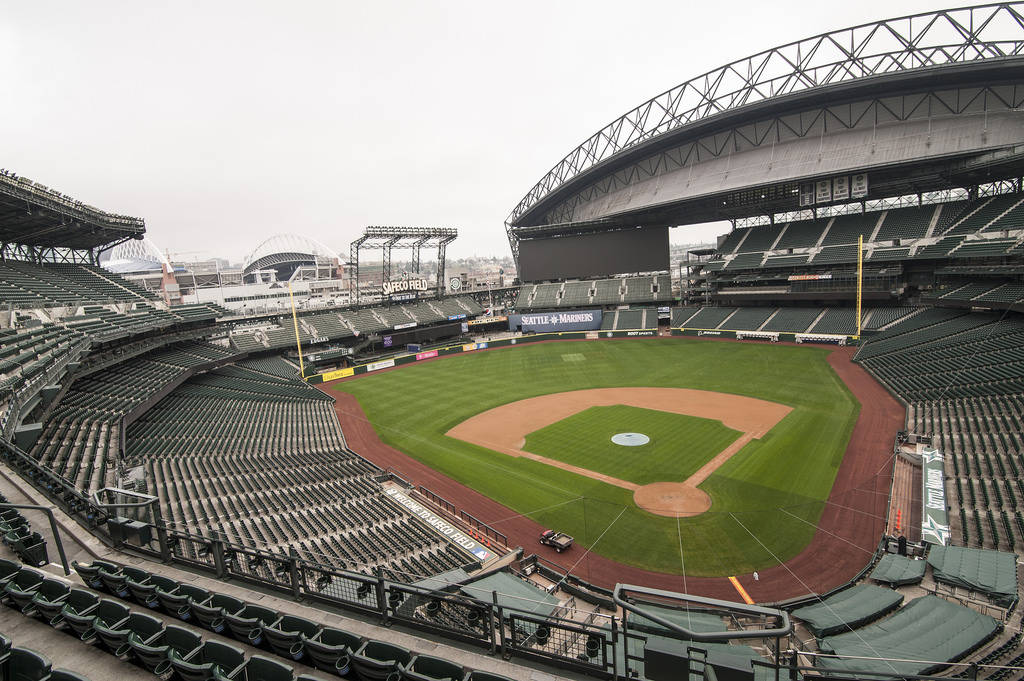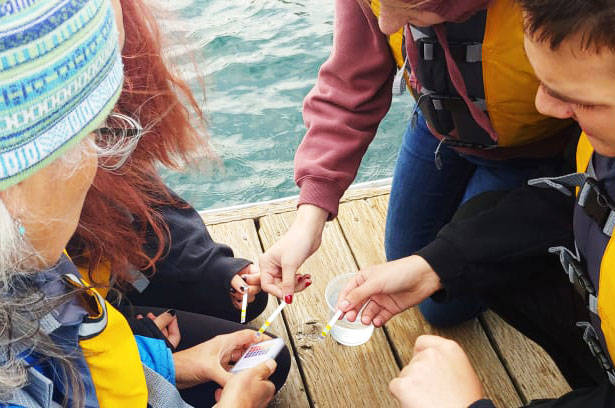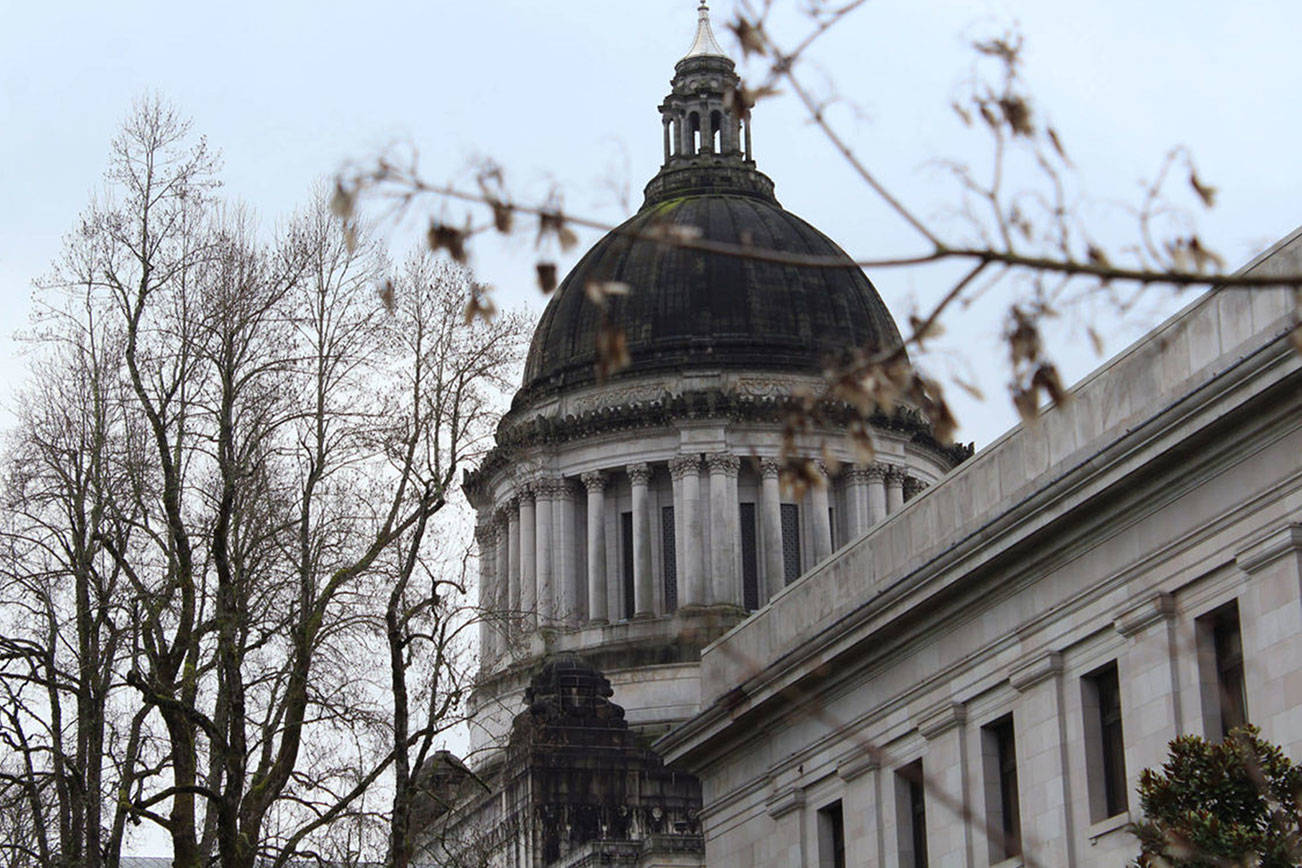The King County Council has voted 5-4 to approve a controversial plan to invest $135 million in taxpayer funds into Safeco Field, despite criticisms that the move was effectively subsidizing the Mariners—a for-profit sports team.
After another contentious four-hour meeting on Sept. 17, Councilmembers Claudia Balducci, Reagan Dunn, Kathy Lambert, Joe McDermott, and Pete von Reichbauer voted for the stadium spending plan, while Rod Dembowski, Dave Upthegrove, Larrry Gossett, and Jeanne Kohl-Welles voted against it.
King County taxpayer funds have long been intertwined with Safeco Field. After county voters rejected a public financing plan to build the stadium back in 1995, the state Legislature and the King County Council approved a tax package that didn’t require a public vote. Taxpayer funds ended up covering over $300 million of the stadium’s $517 million total cost.
The debate over public financing of the baseball stadium has played out since May, when King County Executive Dow Constantine rolled out a proposal to spend $180 million over two decades in revenues from the lodging tax (a tax on hotel and motel stays) on Safeco Field maintenance. The plan drew opposition from Councilmember Upthegrove and housing advocates, who argued that the money should be invested in affordable housing given the region’s homelessness crisis. Meanwhile, the Seattle Mariners claimed that they wouldn’t sign their new 25-year-lease at the stadium if the county didn’t spend the $180 million on upkeep, such as repairing the retractable roof. The ballclub argued that the stadium is publicly owned, and therefore warrants public investment.
The council eventually cut the Safeco Field spending to $135 million at a Sept. 5 meeting and boosted the funding for affordable housing by $165 million—a move achieved by practically eliminating roughly $100 million earmarked in Constantine’s original proposal for regional tourism promotion. The Mariners praised the move as a “compromise,” indicating that the amount was satisfactory to them.
At the Sept. 17 meeting where the final package was passed, Councilmembers critical of the plan pushed a slew of amendments to try to chip away at the amount spent on Safeco Field and impose additional requirements on the eventual lease agreement between the Mariners and the Public Facilities District (the public entity that governs Safeco Field). Those proposed amendments included allowing the county to take back lodging-tax funds if the ballclub makes over $50 million in revenue from stadium naming rights—which the club owns and benefits from entirely—or requiring that the Mariners submit regular reports to the PFD on their net income. However, all these proposals were shot down by 5-4 votes that mirrored the eventual vote approving the $135 million in stadium funding.
Before the final vote on the spending plan, Councilmembers Dembowski, Kohl-Welles, and Upthegrove criticized both the ordinance and their colleagues. Kohl-Welles was an original sponsor of the $180 million allocation for stadium upkeep, but eventually pulled her support and instead unsuccessfully pushed an amendment to slash the stadium spending to $25 million. She said that the $135 million investment in Safeco Field will “feed into the cynicism of the public” and the voters’ distrust of “elected officials, politics, the wealthy, [and] corporations,” and that the public will remember that the county spent considerable money on stadium maintenance when they ask voters to approve new tax measures for critical services: “People who are voting for this today are going to regret it later on. This is not going to be received well later on, I anticipate, by our taxpayers, by the voters.”
“This proposed policy, giving $135 million to the benefit of the Mariners is fiscally irresponsible, economically dumb, and out of step with the voters,” Councilmember Upthegrove said.
Dembowski said he was “disappointed” in his colleagues for pushing the spending package and voting down amendments. “It is not a compromise. It is a heist. It is a fleecing. And it’s not good policy,” he said. “I am sad to see the total misalignment of priorities.”
Several Councilmembers who voted for the final spending package defended it as a compromise that invested in both stadium upkeep and affordable housing. Balducci reiterated the argument that the stadium is a public asset and that the county should spend money to maintain it. Along with McDermott, Balducci had sponsored the amendment that trimmed the Safeco Field spending to $135 million at the expense of tourism promotion funds.
“I don’t know if anybody is a great champion of the legislation before us now. I believe it’s a compromise that doesn’t please any of the stakeholders. But I believe it strikes the compromise that was needed,” McDermott said.
After the vote, Constantine released a statement praising the final deal. “The legislation approved today balances competing needs,” he said.








